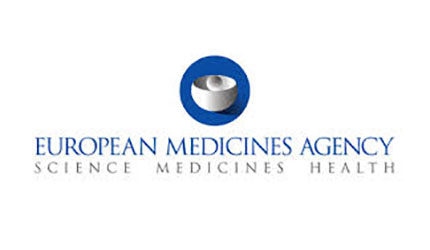
EMA Endorses Development of Generic Topicals
European regulators are looking to industry for suggestions on the best ways to get generic versions of topical drugs approved without having to conduct time-consuming and expensive clinical trials to prove bioequivalence.
Regulators are developing an understanding of how to assess these products, the European Medicines Agency says in a concept paper meant to inform an eventual draft guideline on ways companies can prove that their products produce the same results as nontopical versions of the drug or its reference product.
That’s because the market for generic topical products is sparse, with just one exception — corticosteroid creams, Isadore Kanfer, a professor and advisor to industry consultants and contract research organizations, said.
It’s relatively easy to test the equivalence of branded and generic corticosteroids, Kanfer says, because these products blanch the skin and generics makers can compare the degree of whitening. But no reliable method exists for testing most topical drugs, which are applied at only one site on the skin and aren’t meant to cross into the bloodstream.
The EMA recognizes this, saying that just proving bioequivalence is generally not suitable to show therapeutic equivalence for topical products. While it’s theoretically possible to prove a correlation between a generic and its reference product without conducting clinical trials, many of these methods don’t have a strong track record of producing accurate results, the agency says.
This is crucial, the EMA argues, because small differences between drugs that share the same chemical structure may produce very different results when applied, and that can significantly affect the product’s safety and efficacy.
Firms that submit data proving their generic is equivalent to an innovator product should classify the product as “hybrid medicinal product,” the agency says.
The eventual guideline will include qualitative and quantitative equivalence of formulation, physical properties and microstructure, administration and in vitro drug-release properties for externally and internally applied topical drugs. Makers of products such as eye drops and skin creams could get a waiver on providing therapeutic equivalence data, but only if they perform other in vivo and in vitro equivalence testing or provide data comparing the product’s structure and physical properties with a reference product, the EMA says.
Comments on the concept paper are due July 22. Read it at www.fdanews.com/04-22-15-EMAconceptpaper.pdf. — Lena Freund
